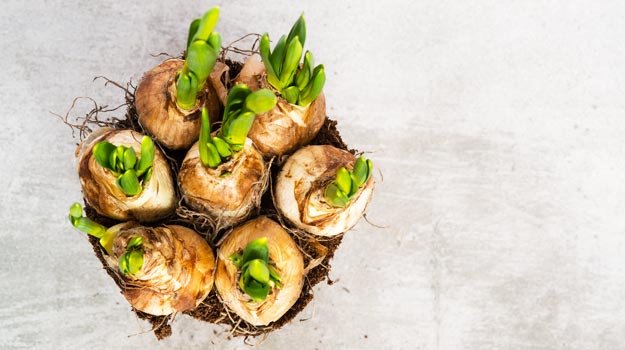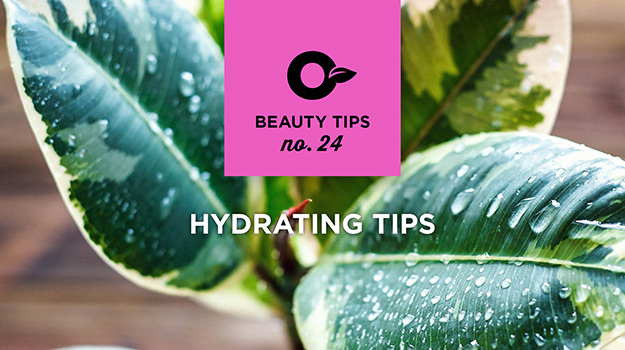
It’s a brand New Year. It’s a perfect time to settle in and start thinking about the next twelve months.
January is a long period of rest for the garden, (and for you, too!). However, there’s still plenty to do when the weather allows. In the meantime, stay warm!
- Your plants are well-insulated if you have a good layer of snow. If necessary, brush excessive snow from shrubs and trees, but don’t remove the fluffy stuff unless the weight threatens to damage or break branches.
- Similarly, don’t attempt to remove ice from tree branches; you may accidently snap the branch.
- Curl up with a cup of hot cocoa and browse through your favorite seed catalogs. Be sure to ask growers in your area if they have catalogs, or peruse their websites.
- January is a tough time of year for birds. A steady supply of seed, suet or nectar will help them survive until spring.
- Start a garden journal and fill it any way you like. Some ideas to get you started: weather, garden plans, observations, memories, thoughts and observations.
- Join a garden club in your area. Take a class or consider becoming a Master Gardener.
- Check last year’s vegetable and flower seeds. Discard any that are soft or moldy.
- Avoid walking on your lawn when the turf is frosty or frozen.
- Clean pruners and other small garden tools (if you haven’t already done so).
- Water trees and shrubs deeply every six to eight weeks if the winter is dry, preferably on a day when temperatures are above freezing.
- Spread holiday greenery over perennials to provide a little extra insulation. Set your Christmas tree outside to provide warmth and shelter for birds.
- Check dahlia, gladiola, alocasia and other stored bulb or tubers. Discard any that are soft or rotten. Mist lightly if peat, sawdust or other storage material feels dry.
- Walk through your garden and take a look at your flower beds. Replace mulch that has gone with the wind.
- Sprinkle sand or organic kitty litter on slick sidewalks or pathways. Avoid salt, which may burn plants and damage the soil.
- Indoor plants are still in a slow growth stage and a few are completely dormant. As a general rule, most indoor plants should be allowed to dry completely between watering.


